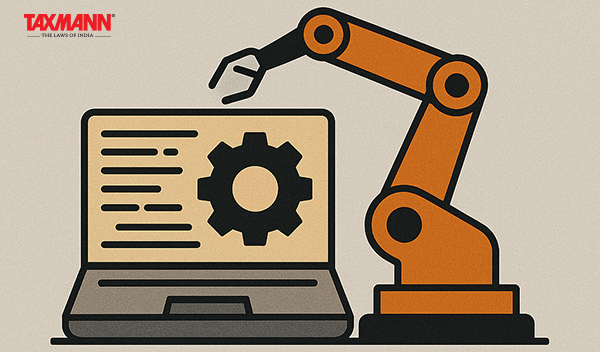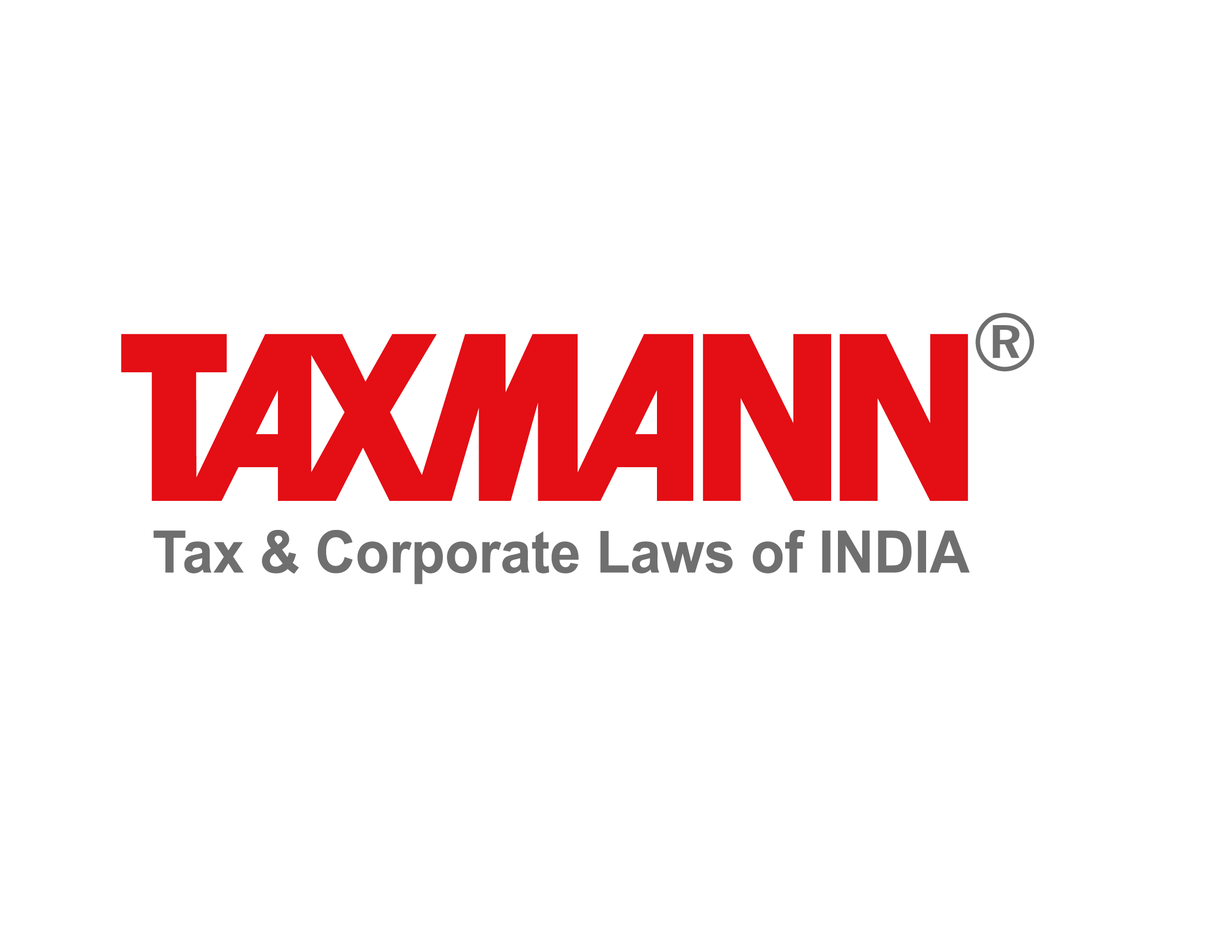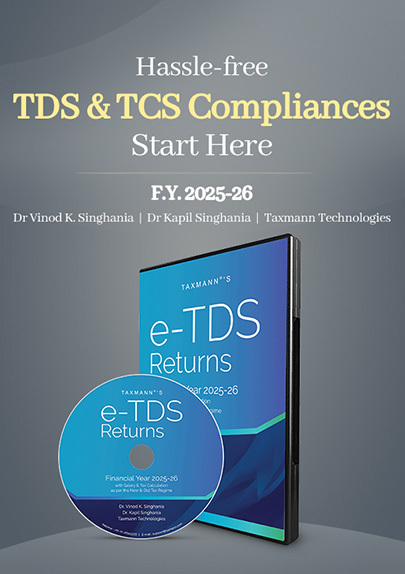Ind AS Accounting for Machinery with Embedded Software
- Blog|News|Account & Audit|
- 2 Min Read
- By Taxmann
- |
- Last Updated on 27 May, 2025

1. Question
Alpha Manufacturing Limited (hereinafter referred to as “the company”), an Indian company, has imported highly specialised robotic equipment to enhance its automated production capabilities. The equipment has a technical life of 20 years. However, it cannot operate independently and requires a specific software system, which must be purchased separately from a third-party vendor. This software is installed and permanently embedded into the machinery. Without it, the machinery cannot function.
The company acquires a software licence for 12 years, which is renewable for an additional 3 years at no significant cost. However, under the licensing agreement, the maximum enforceable period for which the company can use the software is 15 years. Beyond this period, the licence cannot be renewed or extended under any circumstances.
The company capitalises both the machinery and the software as a single asset under Property, Plant and Equipment (PPE). It depreciates the combined amount over 15 years, considering the enforceable right to use the software.
State whether the accounting treatment followed by the company is in line with the requirements of the Indian Accounting Standards?
2. Relevant Provisions
Ind AS 16, Property, Plant, Equipment
Para 7 – The cost of an item of property, plant and equipment shall be recognised as an asset if, and only if:
(a) it is probable that future economic benefits associated with the item will flow to the entity; and
(b) the cost of the item can be measured reliably.
Para 60 – The depreciation method used shall reflect the pattern in which the asset’s future economic benefits are expected to be consumed by the entity.
Ind AS 38, Intangible Assets
Para 8 – An intangible asset is an identifiable non-monetary asset without physical substance.
Para 12 – An asset is identifiable if it either:
(a) is separable, i.e. is capable of being separated or divided from the entity and sold, transferred, licensed, rented or exchanged, either individually or together with a related contract, identifiable asset or liability, regardless of whether the entity intends to do so; or
(b) arises from contractual or other legal rights, regardless of whether those rights are transferable or separable from the entity or from other rights and obligations.
Para 4 – Some intangible assets may be contained in or on a physical substance such as a compact disc (in the case of computer software), legal documentation (in the case of a licence or patent) or film. In determining whether an asset that incorporates both intangible and tangible elements should be treated under Ind AS 16, Property, Plant and Equipment, or as an intangible asset under this Standard, an entity uses judgment to assess which element is more significant. For example, computer software for a computer-controlled machine tool that cannot operate without that specific software is an integral part of the related hardware and it is treated as property, plant and equipment. The same applies to the operating system of a computer. When the software is not an integral part of the related hardware, computer software is treated as an intangible asset.
Click Here To Read The Full Story
Disclaimer: The content/information published on the website is only for general information of the user and shall not be construed as legal advice. While the Taxmann has exercised reasonable efforts to ensure the veracity of information/content published, Taxmann shall be under no liability in any manner whatsoever for incorrect information, if any.

Taxmann Publications has a dedicated in-house Research & Editorial Team. This team consists of a team of Chartered Accountants, Company Secretaries, and Lawyers. This team works under the guidance and supervision of editor-in-chief Mr Rakesh Bhargava.
The Research and Editorial Team is responsible for developing reliable and accurate content for the readers. The team follows the six-sigma approach to achieve the benchmark of zero error in its publications and research platforms. The team ensures that the following publication guidelines are thoroughly followed while developing the content:
- The statutory material is obtained only from the authorized and reliable sources
- All the latest developments in the judicial and legislative fields are covered
- Prepare the analytical write-ups on current, controversial, and important issues to help the readers to understand the concept and its implications
- Every content published by Taxmann is complete, accurate and lucid
- All evidence-based statements are supported with proper reference to Section, Circular No., Notification No. or citations
- The golden rules of grammar, style and consistency are thoroughly followed
- Font and size that’s easy to read and remain consistent across all imprint and digital publications are applied



 CA | CS | CMA
CA | CS | CMA
